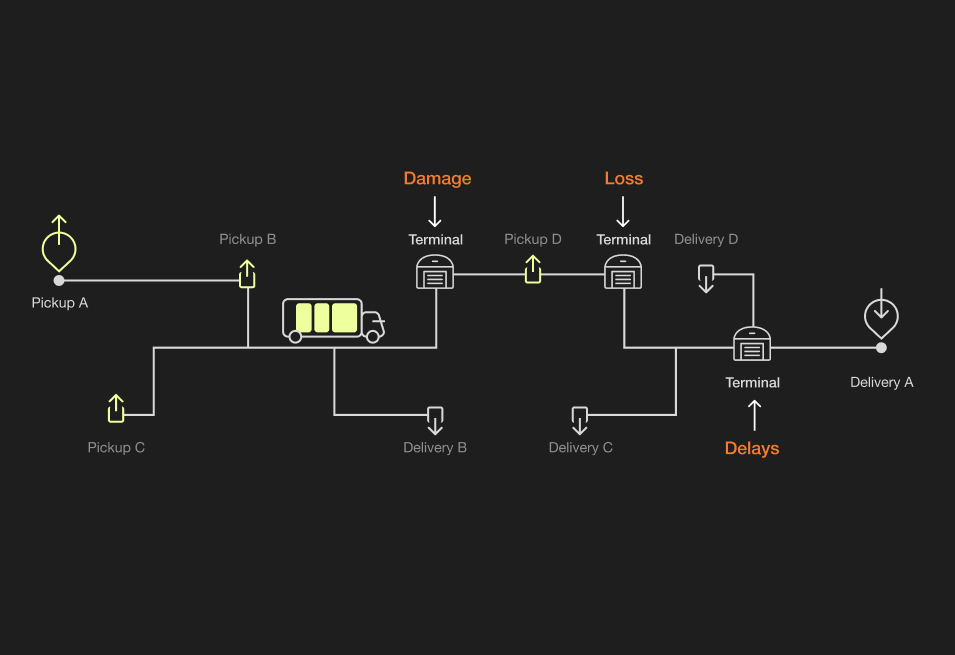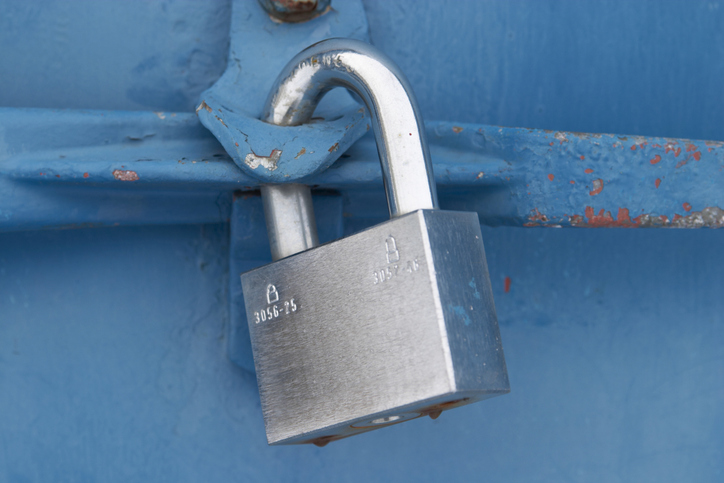What Are EPA Emission Classifications & Why Are They Important?

Often, when we read about greenhouse gas emissions, we’re hit by a wave of statistics. But what do these numbers actually mean? In this article, we’ll debunk the three categorizations of carbon emissions outlined by the Environmental Protection Agency (EPA), and outline ways businesses can go green with eco-friendly shipping options.
How categorizing greenhouse gas emissions helps us reduce them
The Greenhouse Gas Reporting Program (GHRCP) requires that high-emitting firms, such as fuel and gas suppliers, track their carbon dioxide equivalent (CO2e) emission levels. By designing a system that would classify emission levels, the EPA made it easier to set targeted and attainable goals for limiting them. The three distinct categories for greenhouse gas emissions are Scope 1, Scope 2, and Scope 3. Companies can fall into any or all of these categories.
EPA Scope 1 emissions
Scope 1 categorizes firms that have high greenhouse gas emissions, that is, companies that are burning fossil fuels on their premise or are consuming fleet fuel.
EPA Scope 2 emissions
Scope 2 emissions are milder than Scope 1, though just as detrimental. Scope 2 includes emissions from electricity generation and heat or steam. The company is accountable for related emissions, including power from a utility provider.
What are the EPA’s goals for Scope 1 and 2 emission reduction?
The good news is Scope 1 and 2 emissions decreased by 55% between 2008 and 2021. This is definitely an improvement, but how did the EPA emission categorizations help? And how can they help us continue to reduce emissions?The EPA achieved this reduction by setting a specific goal: To encourage corporations to use renewable energy sources, like solar and wind energy.The EPA also targeted fleet fuel use, which produces a large portion of greenhouse gas emissions. Fleets are now trying to move away from petroleum, an environmentally unfriendly form of fuel, and move instead towards using alternative sources.
EPA Scope 3 emissions
Scope 3 categorizes emissions that are not directly from a company-controlled or -owned source, but are indirectly produced due to company activity.Scope 3 emissions include:
- emissions produced by community employees
- emissions produced by waste disposal
- emissions produced by due to the transportation and distribution of electricity that the firm purchases (also called T&D losses)
Scope 3 is the most common category — most companies fall under Scope 3, including much of the food and beverage industry. Keep in mind that companies can fall under multiple Scopes. Many Scope 3 companies also produce some Scope 1 and 2 emissions, such as Pepsi, Nestlé and Coca Cola. All three of these companies have emission reduction plans and have reported a gradual decrease in their emission levels over the past few years.
What are the EPA’s goals for Scope 3 emission reduction?
The EPA has encouraged companies to decrease employee travel to help lower Scope 3 emissions. Due to the video-conferencing technology that has developed in recent years and more companies going fully remote, employee travel has decreased dramatically. Additionally, the EPA continues to encourage implementation of better waste disposal practices.
What can you do to reduce your CO2e?
Here are a few ways you can reduce your CO2e, no matter the size of your shipment.
Select a sustainable shipping method and service
Flock’s shared truckload (STL) mode keeps trucks full by combining freight from multiple shippers whose goods are heading in the same direction onto a single truck with a single driver. Less empty air inside trucks means less CO2e outside of them. STL reduces greenhouse emissions by up to 40% by decreasing the number of trucks needed to move the same amount of freight and by shipping that freight on efficient, optimized routes. Not to mention STL offers truckload service without the inefficiencies of LTL.Flock offers STL, among other freight modes, through its load-to-ride service, FlockDirect®. FlockDirect® is the first and only freight shipping service that lowers carbon emissions the more users engage with it. As shippers and carriers pool more freight, the industry becomes more environmentally sustainable. Plus, Flock Freight purchases carbon offsets to bring a shipment's environmental impact down to zero through its carbon credit program. Once a shipper reaches 60 shipments in one month, Flock applies carbon offset credits to their FlockDirect® shipments the following month.
Use sustainable shipping materials
If your company has net-zero ambitions, you can also consider using shipping materials such as corrugated shipping pallets. Corrugated pallets can sometimes be more expensive, but they help you save on recycling costs.
Work with environmentally conscious partners
Working with logistics providers that put the planet first is an excellent way to help lower emissions. Flock Freight, one of the only certified B Corporation freight shipping companies, achieved B Corp status due to its extensive work towards reducing emissions in the freight industry. In 2022, Flock Freight moved 751 million pounds of freight carbon neutral and shrunk trucking-related CO2e emissions by over 31,000 metric tons (about the same output of 11,000 gasoline-powered vehicles in one year). The company’s shared truckload service helps shippers decrease transportation-related emissions by up to 40%.
Ship carbon neutral with Flock
Maximize the potential of your business’s sustainability. Once you reach 60 shipments in a month, Flock Freight will apply carbon offset credits to your FlockDirect® shipments the following month. Alternatively, you can add carbon-offset credits to your shipments if you don’t reach or intend to complete 60 total shipments per month. Become a frequent flocker and go carbon neutral.





